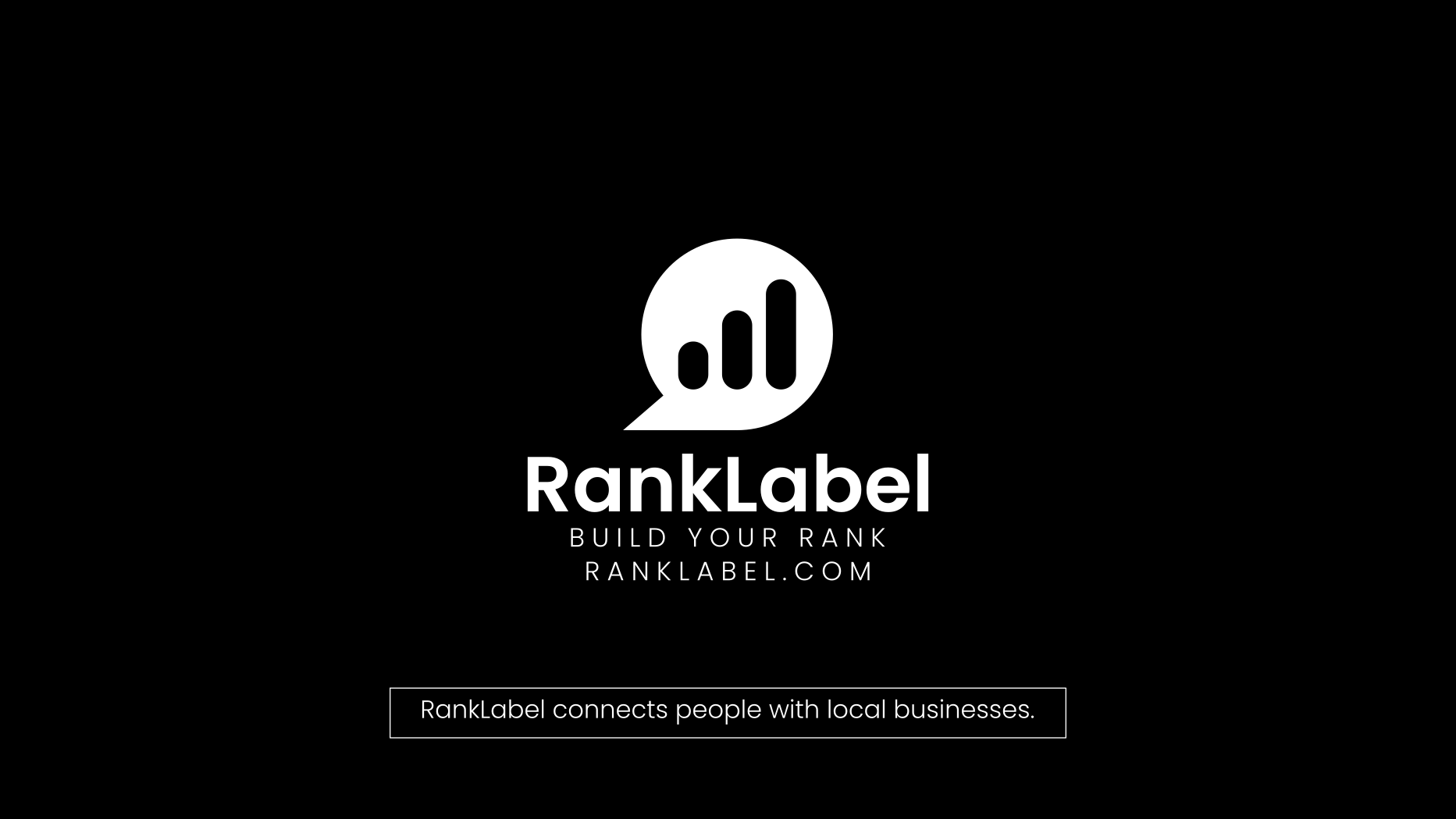Revolutionizing Manufacturing: The Rise of On-site 3D Printing Services

The manufacturing landscape is undergoing a significant transformation, propelled by the advent of on-site 3D printing services. These services are not only redefining how products are designed and produced but are also enhancing the speed and flexibility of manufacturing processes. From producing durable 3D prints to creating end-use 3D printed parts, the capabilities of modern 3D printing are setting new standards in various industries, including automotive, aerospace, and healthcare.
Understanding On-site 3D Printing Services
On-site 3D printing services bring the technology right to the facility of a business, offering remarkable advantages over traditional manufacturing techniques. This setup allows companies to fabricate objects directly from digital files, reducing lead times and eliminating the need for stocking large inventories of parts.
- Cost Efficiency: Reducing material waste and minimizing the expenses associated with storage and logistics.
- Customization: Enabling the creation of parts tailored to specific requirements without additional costs.
- Speed: Accelerating the development process from design to final product, significantly speeding up production cycles.
These benefits highlight why businesses are increasingly integrating on-site 3D printing solutions into their production lines, transitioning from traditional methodologies to more advanced, efficient, and flexible manufacturing processes.
Fast 3D Printing Services: Speeding Up Production
Speed is a critical factor in production, and fast 3D printing services are pivotal in meeting tight deadlines and responding swiftly to market changes. By significantly reducing the time from concept to creation, companies can leverage 3D printing to stay ahead in competitive markets.
- Rapid Prototyping: Fast 3D printing services enable businesses to turn ideas into proof-of-concept prototypes or functional parts within hours or days.
- Iterative Design: Allows for quick adjustments and refinements based on testing and feedback, enhancing the final product's quality and functionality.
- Just-in-Time Production: Supports lean manufacturing practices by producing parts as needed, reducing inventory costs and waste.
These accelerated production capabilities ensure that businesses can rapidly innovate and adapt, providing them with a significant advantage in dynamic market conditions.
End-use 3D Printed Parts: From Prototyping to Production
While 3D printing was initially dominated by prototyping applications, the technology has matured to a point where it now supports the production of end-use parts. This shift is largely due to advancements in 3D printing technologies and materials, which have introduced higher levels of precision, durability, and material properties comparable to those of traditionally manufactured parts.
- Aerospace Components: 3D printed with high-strength, lightweight materials to withstand extreme conditions.
- Medical Implants and Devices: Customized to patient-specific needs for improved compatibility and performance.
- Automotive Parts: Produced for both prototyping and end-use, reducing weight and assembly costs while increasing functionality.
With these advancements, industries are now not only able to speed up their production processes but also improve the performance and customization of the products themselves, marking a new era in manufacturing.
Durable 3D Prints: Ensuring Longevity and Reliability
The durability of 3D printed parts is critical, especially for applications that demand high performance under harsh conditions. Durable 3D prints are achieved through the selection of appropriate materials, advanced printing technology, and optimized design processes.
- Material Selection: Using materials specifically engineered for 3D printing, such as advanced polymers, composites, or metals that offer enhanced mechanical properties and longevity.
- Technological Advancements: Employing state-of-the-art 3D printers capable of achieving high precision and consistent quality.
- Design Optimization: Utilizing software tools to optimize designs for the 3D printing process, improving the structural integrity and functionality of the printed parts.
These factors are essential for ensuring that the 3D printed parts can withstand operational stresses and have a long service life, which is especially important in sectors like aerospace and automotive where safety and reliability are paramount.
Choosing the Right 3D Printing Service for Your Business
Selecting an appropriate on-site 3D printing service requires careful consideration of several factors to ensure it meets the specific needs of your business. The decision should be based on the type of parts you need, the materials required, the expected volume of production, and the criticality of the part's functions.
- Assess Your Needs: Determine what kind of parts you need to print, their purpose, and the environments they will be exposed to.
- Material Requirements: Consider the properties required of the materials, such as strength, flexibility, and thermal resistance.
- Production Volume: Evaluate whether the 3D printing service can handle the volume of parts you need in the required timeframe.
By aligning these factors with the capabilities of a 3D printing service, businesses can effectively integrate these technologies into their production processes, maximizing efficiency and innovation.
The Future of On-site 3D Printing in Manufacturing
As technology continues to evolve, the potential for on-site 3D printing in manufacturing settings seems boundless. With ongoing improvements in speed, material quality, and printing technology, future applications could include more complex, integrated parts and systems with enhanced functionalities.
The integration of AI and machine learning into 3D printing operations could further revolutionize this field, enabling smarter production systems that optimize designs and materials in real-time, thereby enhancing the performance and quality of the final parts.
Thus, as we look towards the future, it is clear that on-site 3D printing will play a pivotal role in shaping the next generation of manufacturing, making it more agile, efficient, and adapted to the demands of modern markets.
Embracing these advances will not only help businesses reduce costs and increase efficiency but also foster innovation and customization, leading to a new era of manufacturing excellence.











